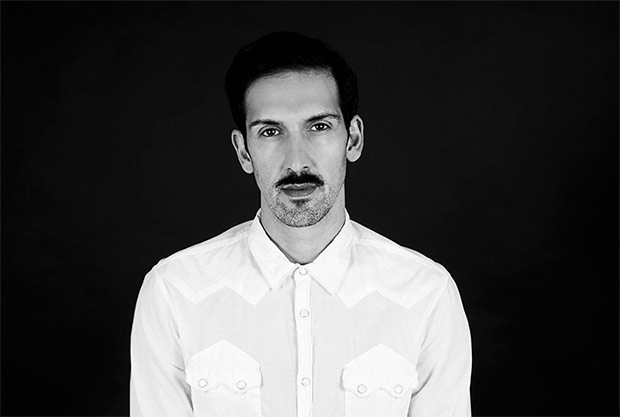
© courtesy of arthurpita.com. (Click image for larger version)
Alice in Californiland premieres at Z Space in San Francisco on Friday 25 October and runs through Sunday 27 October.
It shares a bill with work by Jennifer Archibald and Robert Dekkers.
www.arthurpita.com
www.axisdance.org
One of the most highly anticipated events of San Francisco’s fall dance season is the world premiere of Alice in Californiland, choreographed by London-based choreographer Arthur Pita for AXIS Dance Company, a pioneering physically integrated company based in nearby Oakland. For Alice, Pita will turn his highly theatrical imagination to the human tragedy of homelessness in the San Francisco Bay Area.
The homeless population in the Bay Area continues to grow, despite public and private endeavors to alleviate the mental health issues, drug addiction, poverty and skyrocketing cost of living that underpin the crisis. The surreal contrast of thousands of people living on the streets of such a beautiful and wealthy part of the world called to Pita’s mind the nightmarish nonsense of Alice in Wonderland, and inspired his AXIS commission. In Alice in Californiland, Pita and AXIS artistic director Marc Brew, along with the company dancers and costume and scenic designer Yann Seabra, will call attention to the issue through their art.
It’s risky, but then most of what Pita creates is risky, whether in theme or execution or both. I spoke with him about the genesis of the work and the balancing act of melding irreverent creativity with such profoundly sensitive subject matter (*).
How did Alice in Californiland come about?
I was staying on Van Ness Avenue and Market Street [near San Francisco’s Tenderloin District, which has a high population of homeless people]. It was just so incredibly upsetting. There are so many layers of devastation. And you have the contrast to everything else in San Francisco – it’s so beautiful, such wonderful people. I was slightly shocked and surprised how quickly you become desensitized. You can only stop so many times and try to help, and you don’t know sometimes if it’s even safe to reach out to someone. It’s a very, very complex situation.
Marc Brew and I went for a drink on Market Street. I said, ‘It’s so upsetting, it’s just everywhere. I don’t quite understand.’ As we’re both foreigners, he said, ‘Maybe that’s an interesting theme.’ I was like, how would you even begin to tackle a subject like that? Not long after, I was going to buy some food at the market, and I saw a woman shooting up [drugs] on the street. I could see her slowly going off to ‘that place.’ I came back and she was passed out in such an upsetting position, the shape of her body. I couldn’t see any movement, and I wasn’t sure if she was dead or alive. Everybody was just walking past. And then it kind of hit me, how many people just walk past. I Googled a help line, but I wasn’t sure what to do. In the morning I went to see if she was still there, but she was gone. Maybe someone had taken her, or maybe she had died, maybe someone just comes and they remove corpses.

© David DeSilva. (Click image for larger version)
On Mission Street, so many people were high and numbed by some kind of pain. If you took a photograph, you would have seen so many objects, so much stuff, hoarding so much stuff. At the same time, it was a beautiful sunny afternoon. I thought about Alice in Wonderland. When Lewis Carroll wrote it, opium was very popular, and heroin is a form of opium. I was like, ‘I hope they are there,’ because it’s a nicer world than the world that they have to live in.
Somehow that gave me a tunnel into something, and I thought maybe we can explore this and contrast these two worlds. So [Alice in Californiland] is the story of that woman that I saw, and I imagined what her journey might be, whether it’s her afterlife or her drug trip, or whether it’s her dream. And Alice in Wonderland can be wonderfully metaphorical – going down the rabbit hole, which is people hitting rock bottom, and chasing something and being confused. The characters in Alice in Wonderland are all insane, they clearly have mental health issues. And her life is in constant danger. There seemed to be a lot of symbolism that reflected homeless issues.
I can really see that Alice in Wonderland parallels the visions that one might have if one has a particular kind of mental illness, and the hallucinatory or otherworldly effect of drugs. You’re on the literary side of Alice in Wonderland, but on a pop-culture side, it’s become a campy visual thing. I can imagine audiences might interpret this piece as flippant.
Alice in Wonderland is such a nonsensical story, and when I asked people to tell me the story, no one really can. It’s images and scenes rather than a narrative through line. In a way it’s quite liberating to work that way, because I get to choose where I want to go with it, and go in and out of reality. Two dancers play Alice – I can flip between the reality of Yuko [Monden], who is the Alice on the street, and Lani [Dickinson], who’s the Alice in the afterlife. Sometimes they meet in one place, sometimes they meet in the other place. It’s kind of like a body and a spirit, or a body and an alter-ego, or a metaphor as of us as an audience, and something we don’t want to look at – that devastation on the street.
Is there something you want people to get from watching this piece? Is there a message in it?
I wouldn’t say there’s a message. We have a [prop] sign that says, ‘Seeking Human Kindness,’ and maybe it’s that. We did a lot of work with Hospitality Houses and soup kitchens, and the moment you reach out and make a connection, it helps your process of dealing with the devastation and the crisis. There’s absolutely no way you can solve it in a piece, it’s just a looking glass into it.
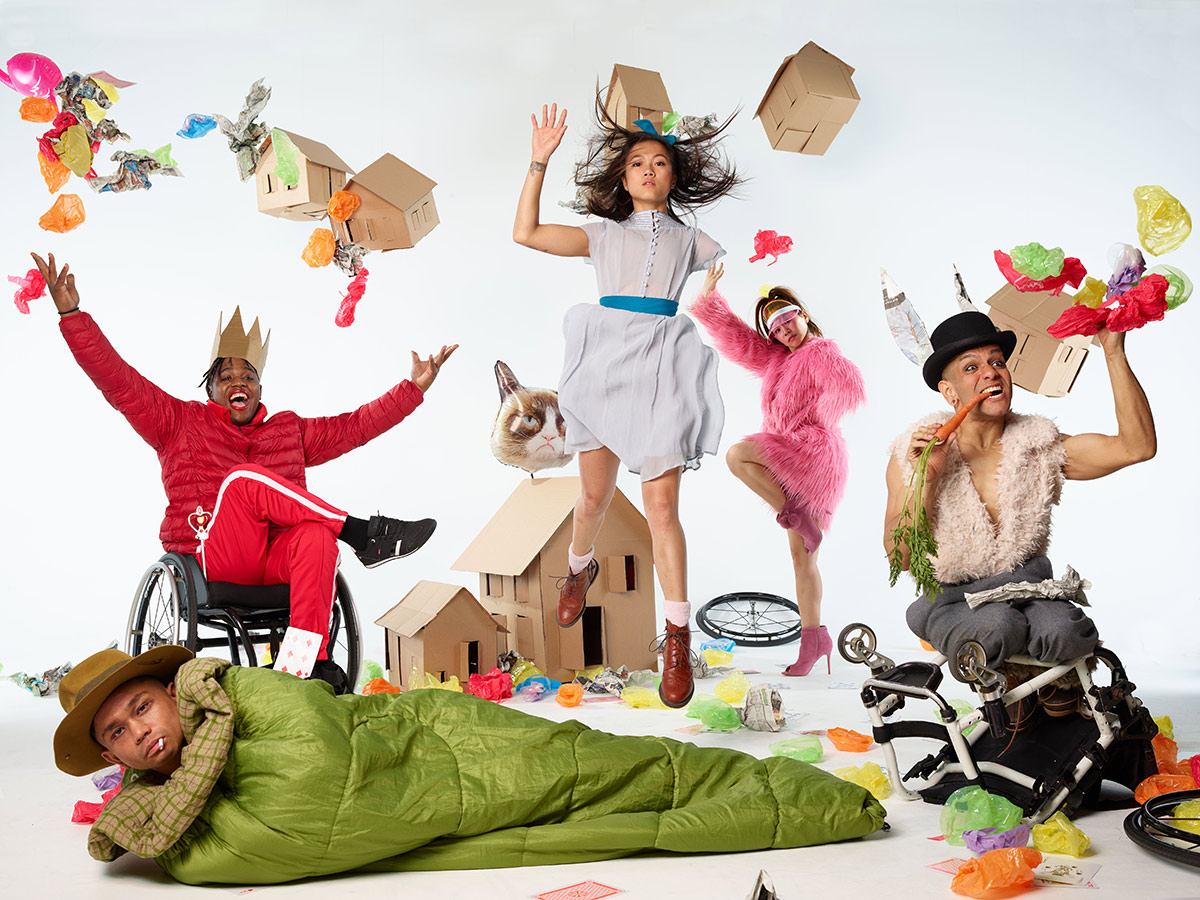
There are tent cities within walking distance of my house. We’re all frustrated, we’ve tried all of the things you talk about, and even the professionals can’t make inroads.
On Market Street there’s a Hospitality House with an art space where homeless people can make art, which is wonderful. They were saying that the big tech companies want to help, they want to give money, but it’s all about the system and the government, and there’s so much red tape about the whole thing. But maybe if the work shines a tiny light onto it – I feel strongly that if San Francisco as a city can solve this, it could affect the whole world.
Were the dancers on board from the beginning?
Totally. AXIS has been wonderful. We could sit around the table and do our homework – let’s find out what all the different drugs are and what they do to you, let’s bring somebody in and hear their story, let’s go to a soup kitchen. And then there’s a next level when you have to remember steps and counts. I’m using Ravel’s “La Valse,” which is a beautiful piece. I’m working with a sound designer and we’ve broken up the track to take the audience into the world. “La Valse” is not easy to count, and there’s a lot of sound cues and props.
This speaks to what I love about your work, which is this incredible imagination, and your trust in that imagination, but you also seem like such a sensitive person. It’s this completely radical, unrestrained creativity, yet grounded in a sense of humanity.
I hope that all comes out!
That can make your work polarizing. Because if people are focused on the visuals, and that blocks them from perceiving what you’re trying to say, it can lead them a bit astray.
That’s true. The designer, Yann Seabra, is fantastic. Because I absolutely love stage design and I love the possibilities that it offers, so it’s trying to get the balance and the textural life. There’s been a very interesting recipe going on with this piece in particular. How do you even dress the dancers? Because if you look at someone on the street, you might see somebody with a glitter hat, and John Lennon–style sunglasses, and pajama bottoms. You put that on stage, and someone will go, ‘That’s ridiculous costuming’ – but that’s real, you know? The theatricality is so strong on the street that when you put it on stage, it can look like it’s not true, when in fact it is.

© David DeSilva. (Click image for larger version)
It’s hyperreal.
Exactly. It’s hyperreal. We’re definitely playing with the real and the surreal.
Is there anything that you’ve learned from making this piece?
You always learn so much from each piece. I’ve learned about music. You take a piece of music and you think it could sort of work, and then you really start to trust in the music – “La Valse” is such a fantastic narrative for Alice in Wonderland, it feels like Ravel almost wrote it for this. But I think really – I’m not really the kind of person to document life, I always love to find a narrative that reflects life and that the audience can tap into. I’ve never looked at the street and gone, ‘I’m going to create something out of that.’ But we were working on a scene where we were trying to balance a lot of objects on one of the dancers so that we can create an image of hoarding. And I went to buy lunch and there was someone literally doing the same thing, balancing objects on a trolley and trying to go up a hill. I’ve never had that experience before; it was quite a trip.
You’ve reached peak Alice.
Exactly!
* The interview with Arthur Pita has been edited for length and clarity








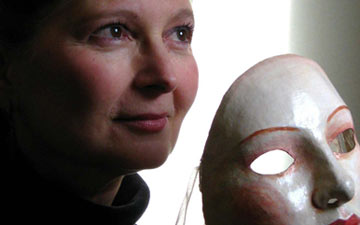
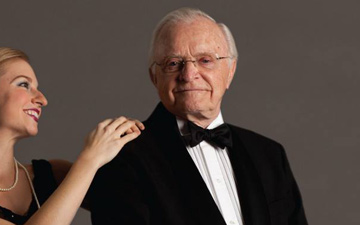

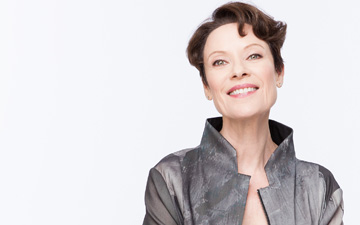
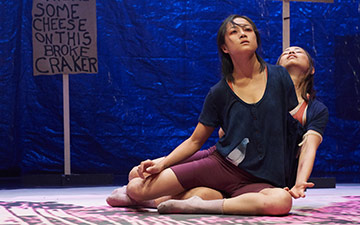
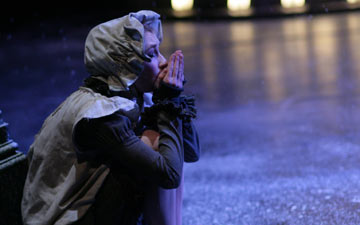
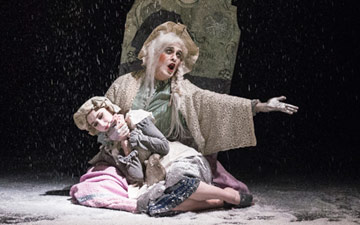
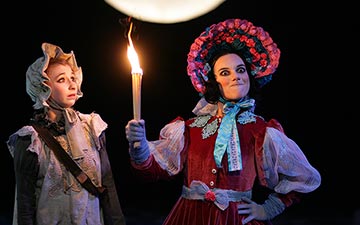
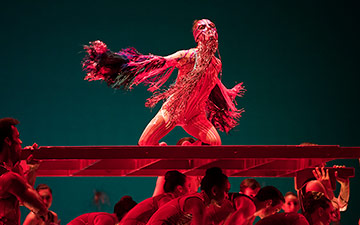
You must be logged in to post a comment.